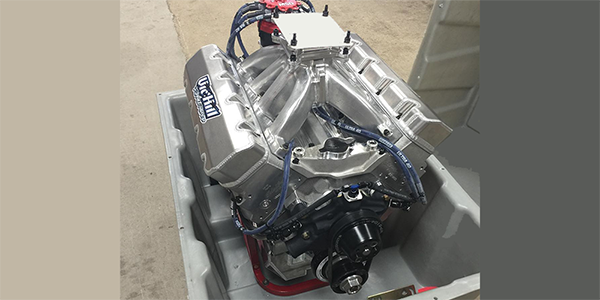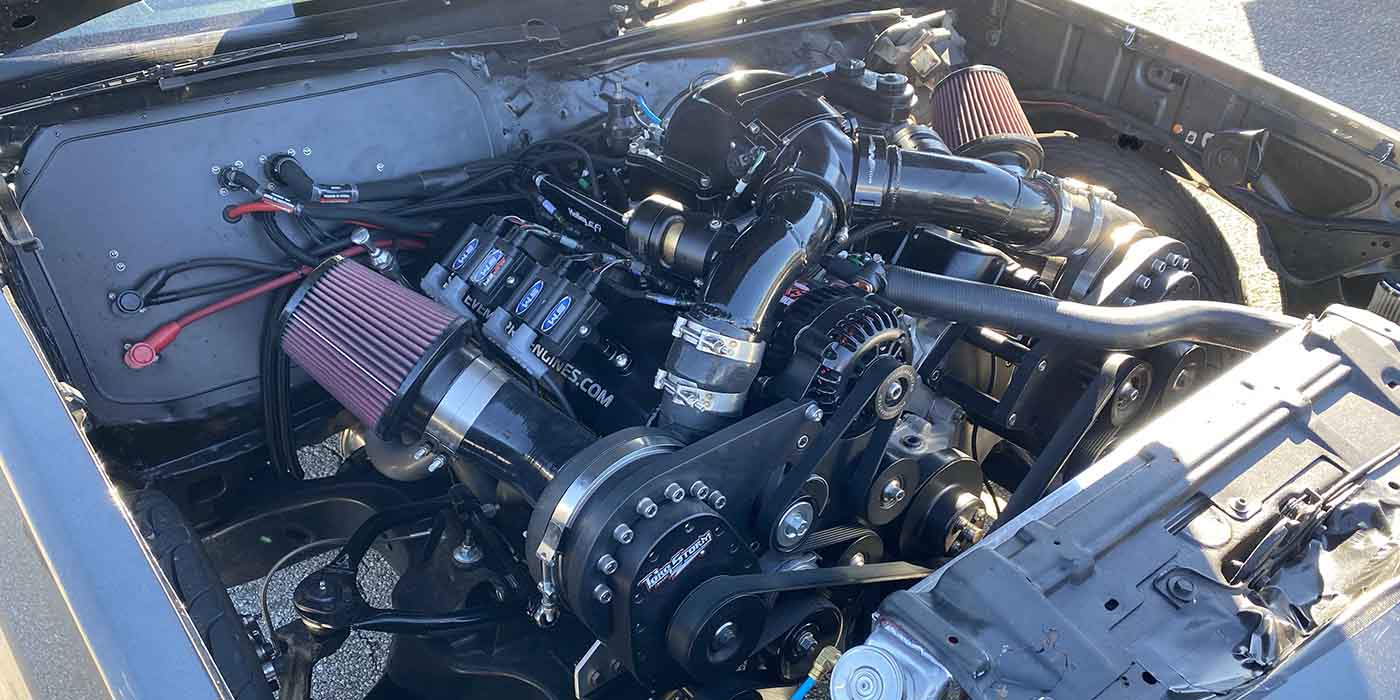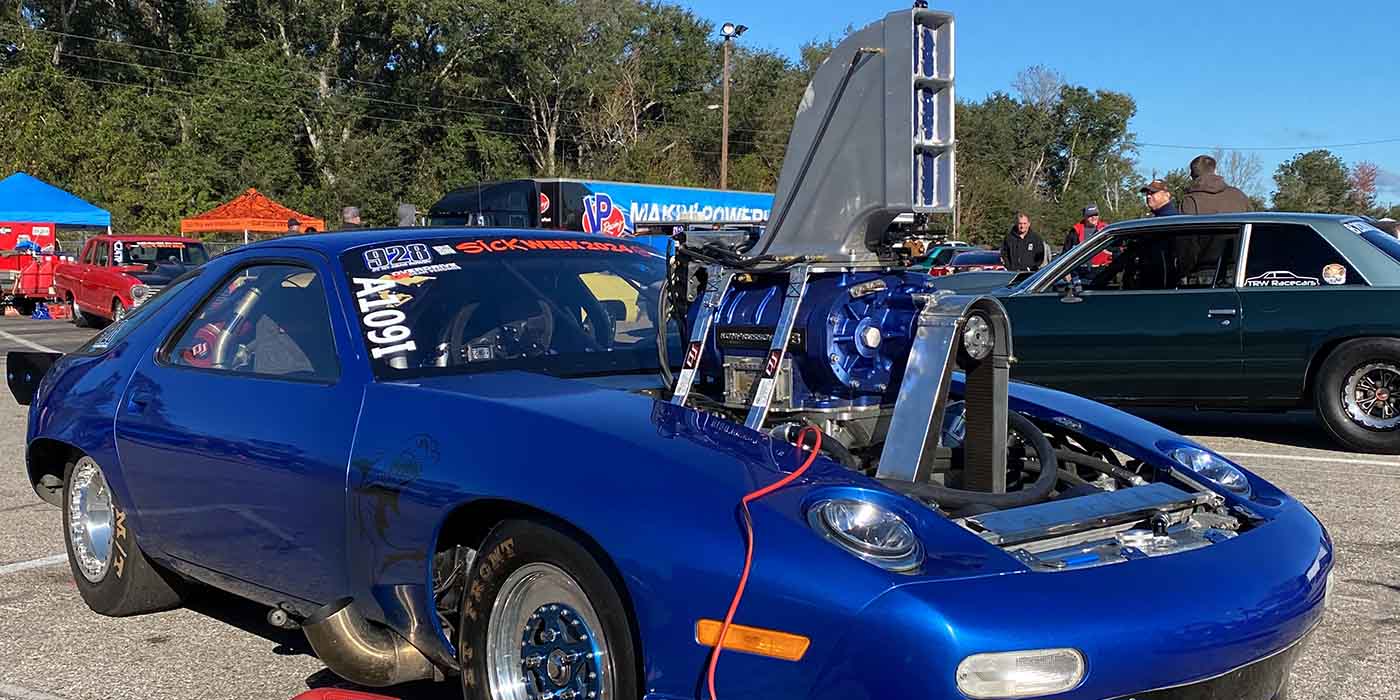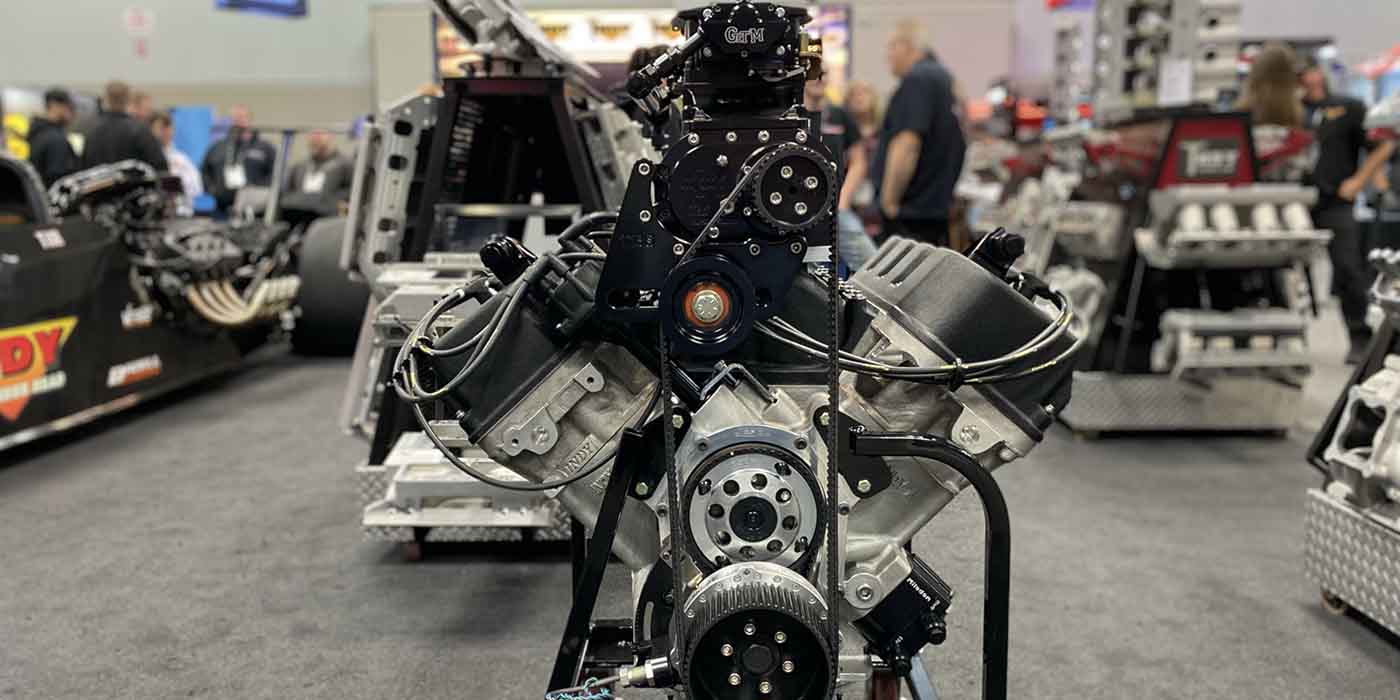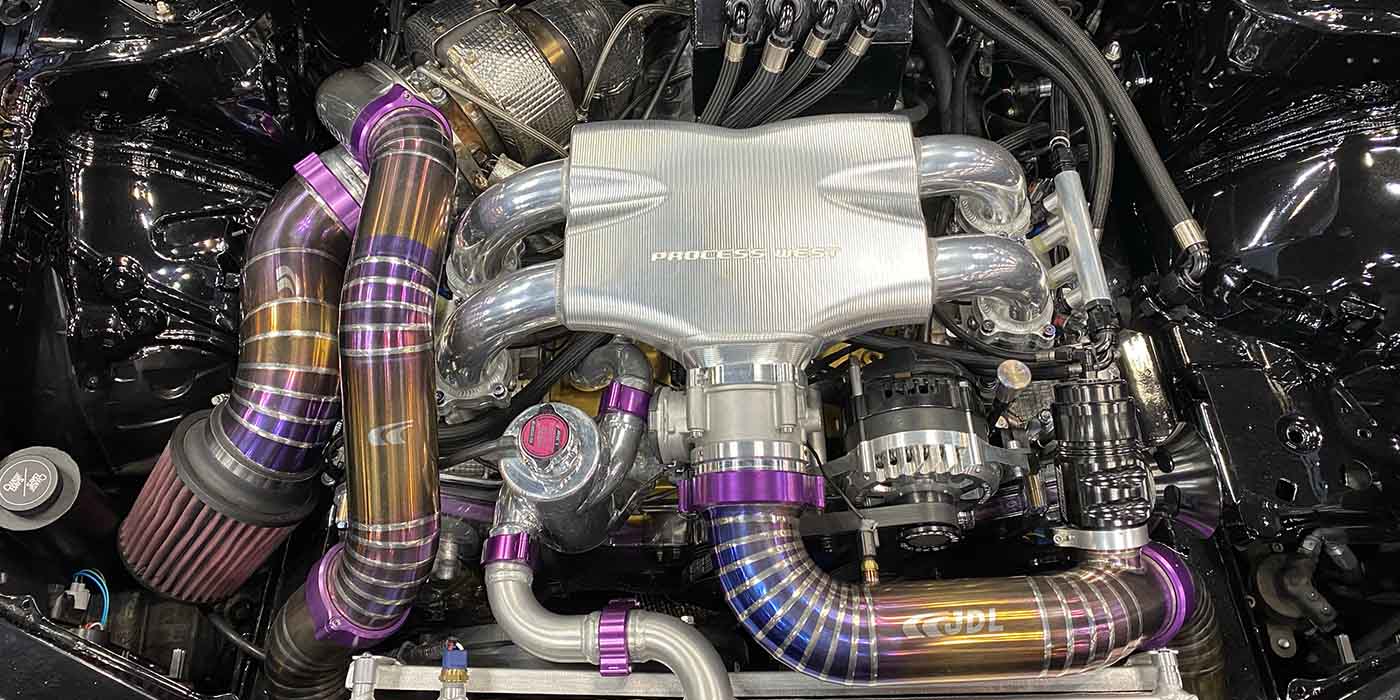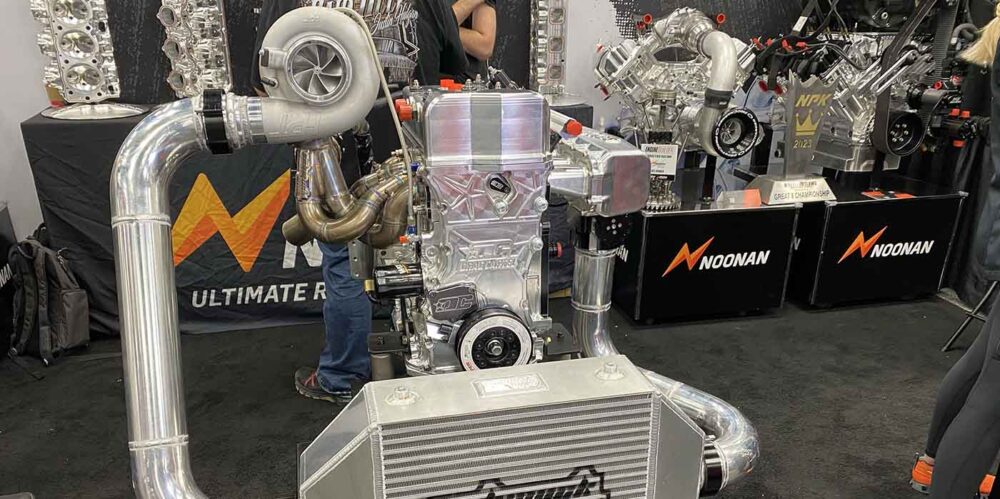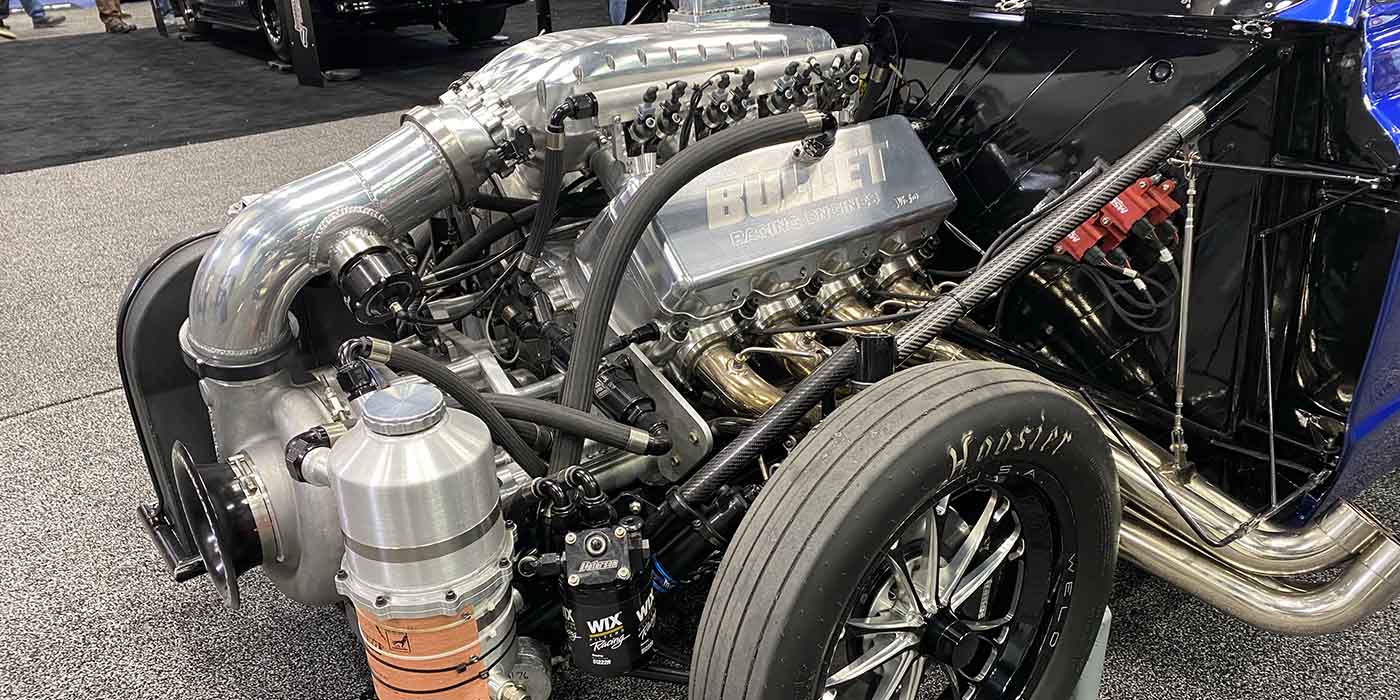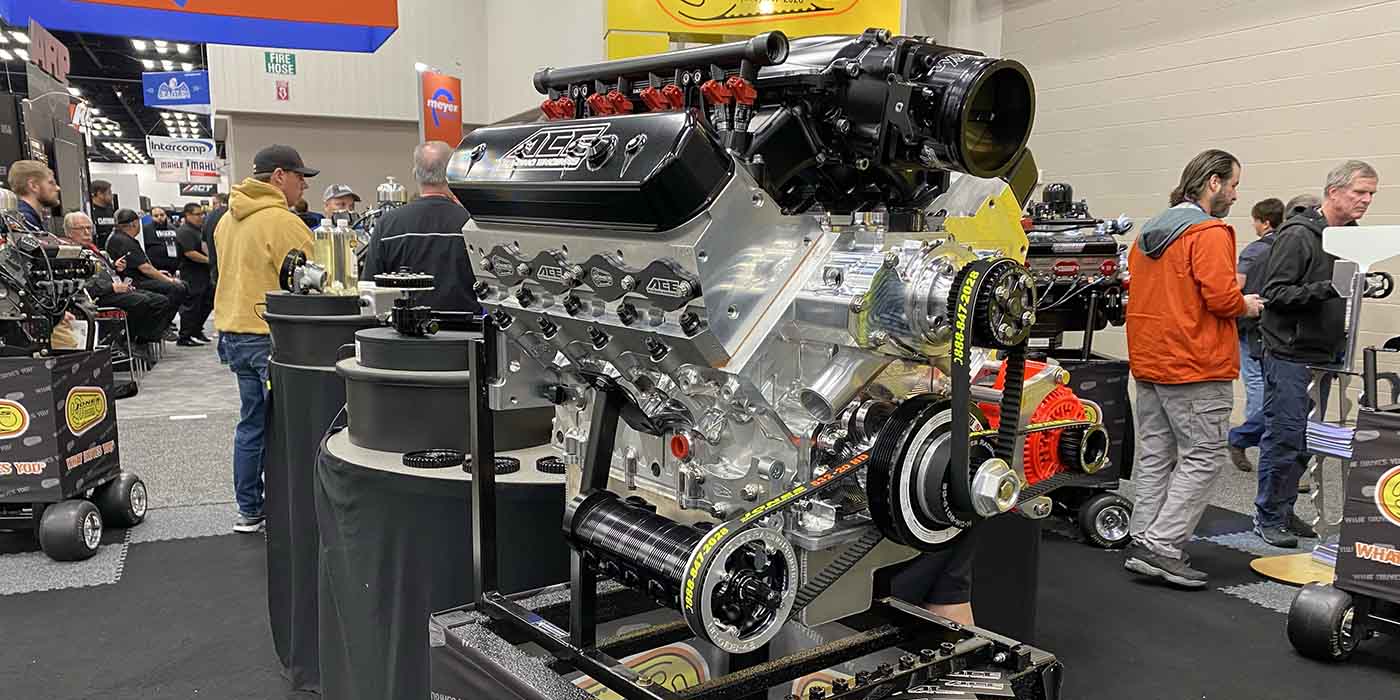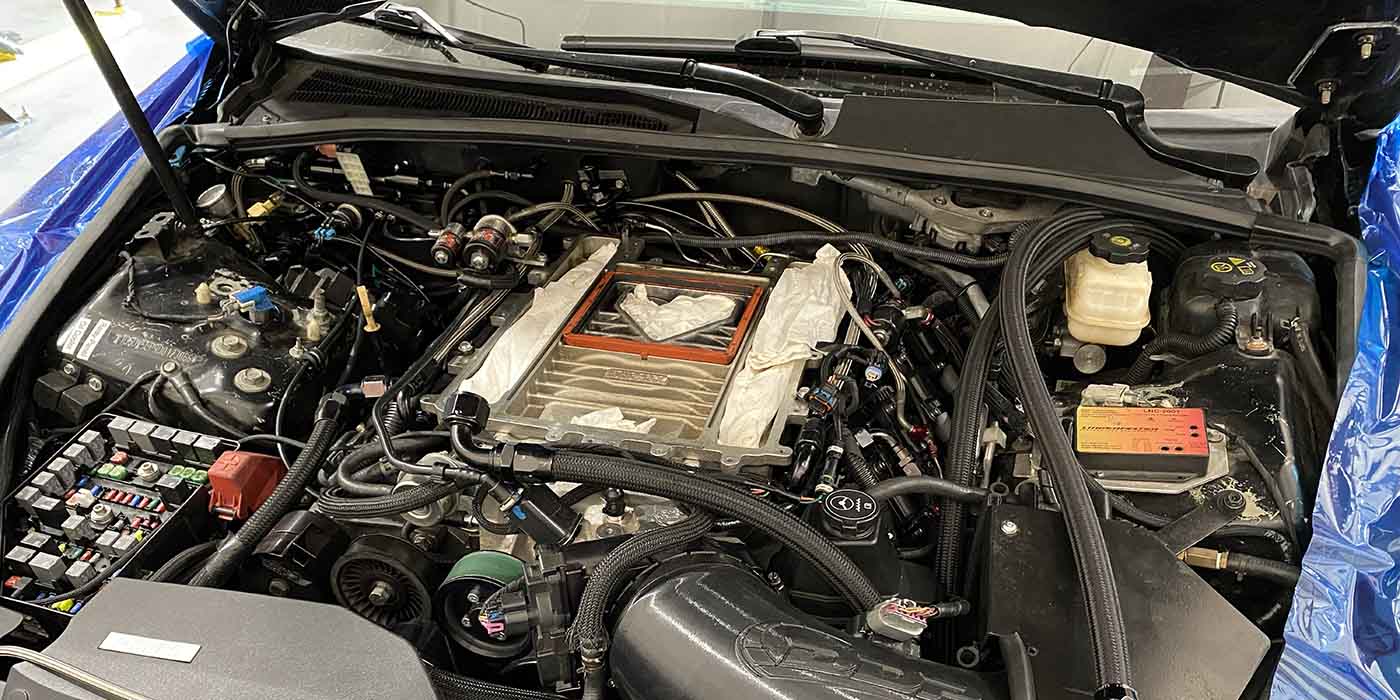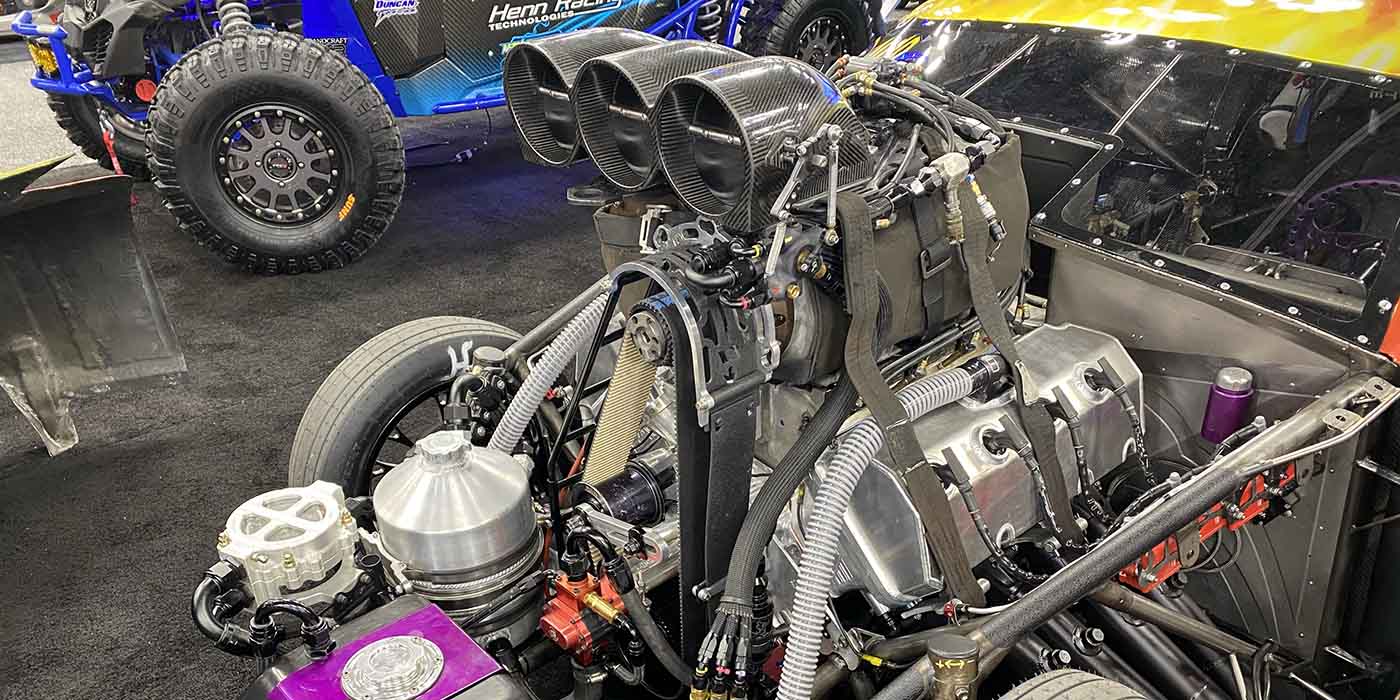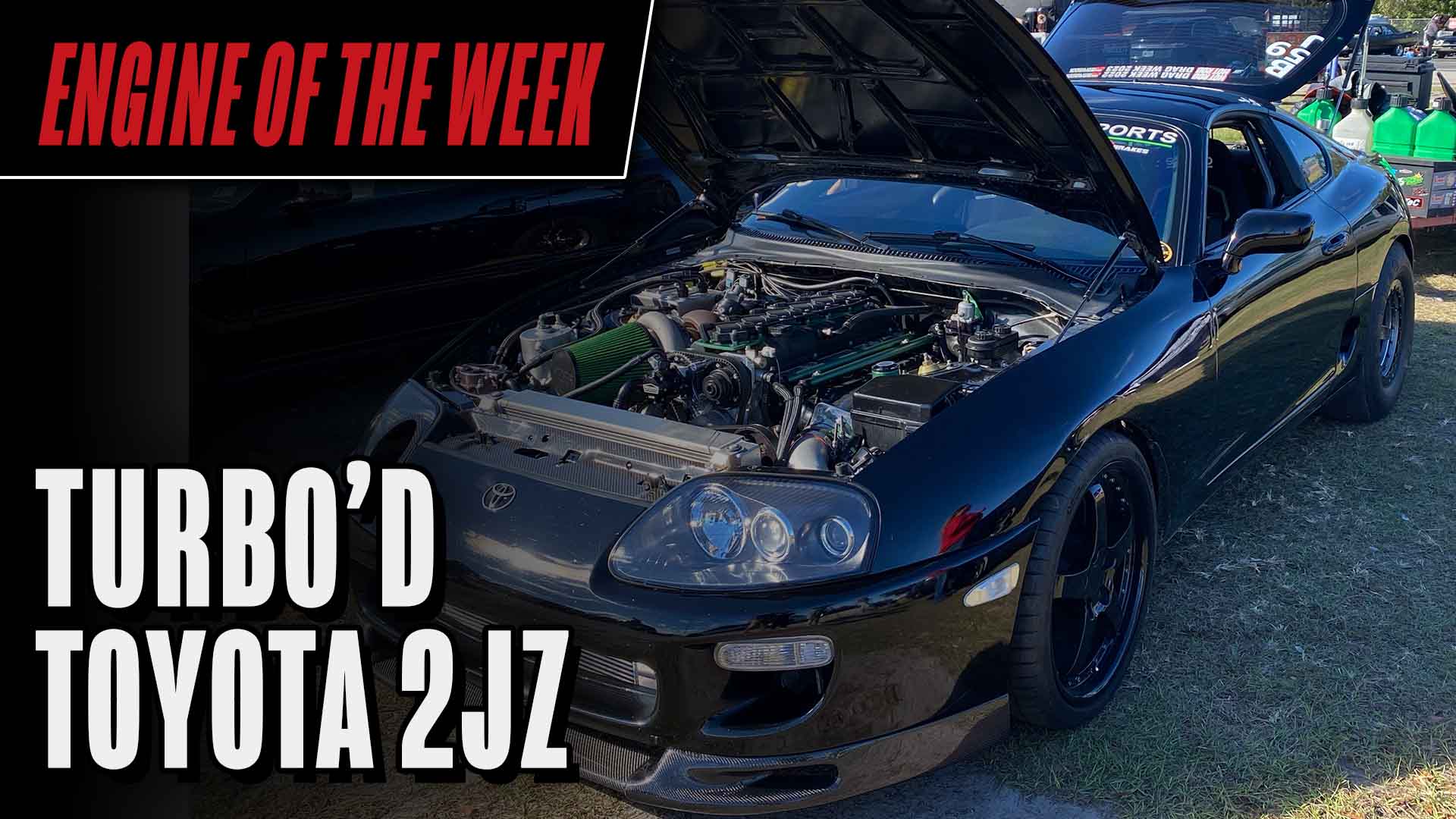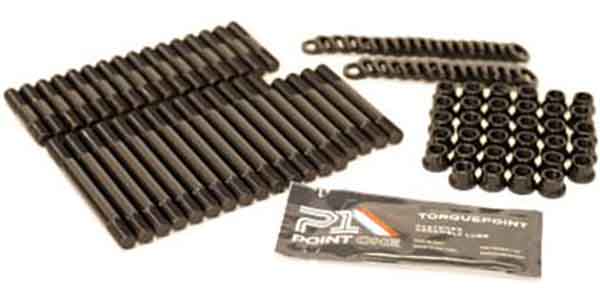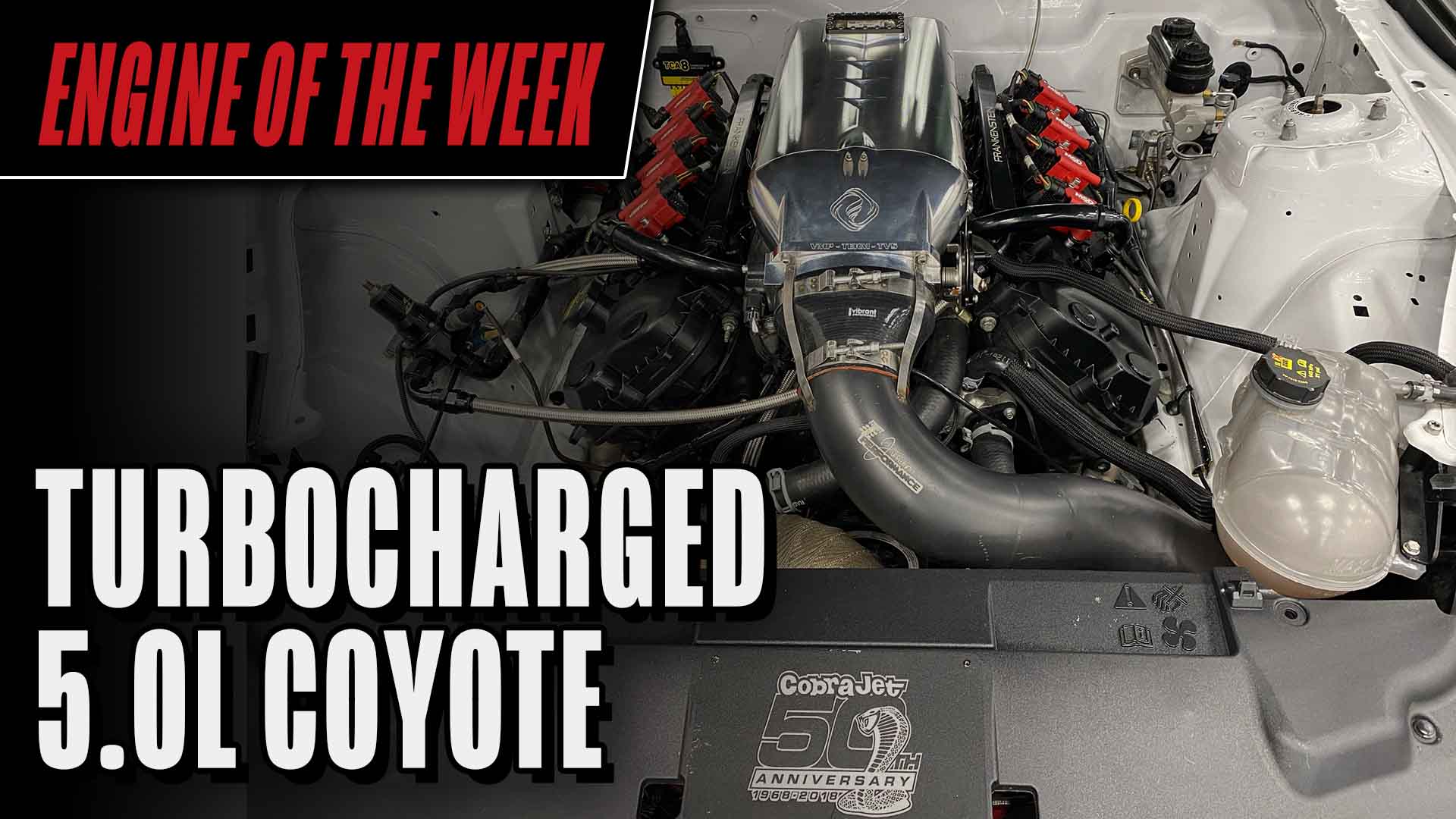Unlike many engine builders who have been influenced by their families to enter the racing and engine building industry, Vic Hill’s family didn’t have a stake in racing whatsoever. In fact, Vic’s grandfather was a doctor and his brother is a spine specialist. While Vic might not have raced Go Karts or gone to the track as a kid, he loved watching racing on television and knew from a young age that racing is what he wanted to do.
“Years ago, when I graduated high school, I moved to North Carolina and got a job with Richard Childress in the cylinder head department,” Hill says. “This was in ’83, and his driver at that time was Ricky Rudd. Long story short, that experience evolved into me being Crew Chief for Dick Trickle for a while.”
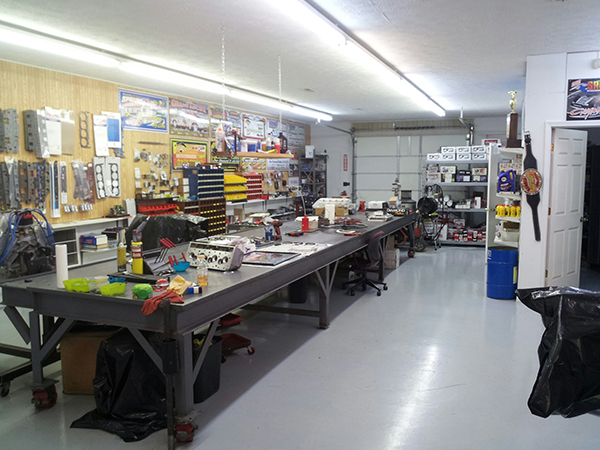
In total, Vic worked within Winston Cup NASCAR racing for 10 years. At Childress, Vic worked with Ricky Rudd and Dale Earnhardt. He also went to work at Cale Yarborough’s the last year Cale drove, which is how he met Dick Trickle.
“The following year [Trickle] took over that operation,” Hill says. “I was in the Cup stuff for about 10 years and did a number of different jobs, but I wanted to race. Eventually, I met some guys in North Carolina and we built a race car. I started at 311 Speedway in the late-‘80s and we won a bunch. We raced a modified street car and had a lot of success in that thing.”
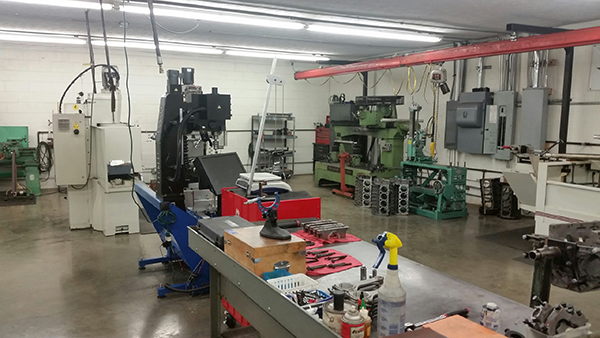
At the time, Vic was still doing R&D for different Winston Cup teams to make money so he could race on the weekends. He eventually ended up back in Tennessee because his brother was in college at UT and was working part time for Larry Clark at Custom Race Engines, Inc.
“I met Larry and ended up going to work there with him for about five years,” he says. “When I left Larry’s, I opened my own business, Vic Hill Racing Engines in 1999, and it has evolved from there.”
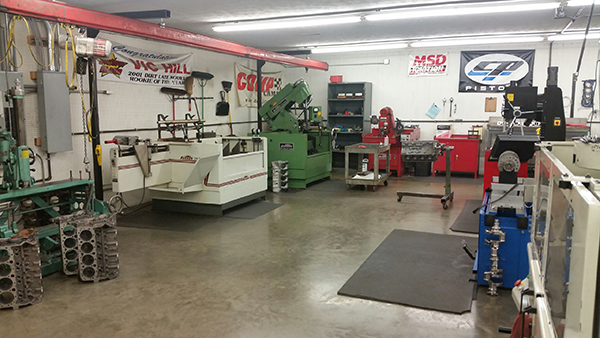
Today, Vic Hill Racing Engines has two buildings and 10,000 sq.-ft. of space where his six employee, full machine shop does all of its engine work and development in-house. The shop’s engine work is primarily focused on the dirt world.
“We do open-wheel modified engines, WISSOTA late-model engines, Super late-model engines for Lucas Oil and World of Outlaws, off-road truck engines for guys on the West coast, and we do a lot of late-model dirt engines for people in Australia,” Hill says.
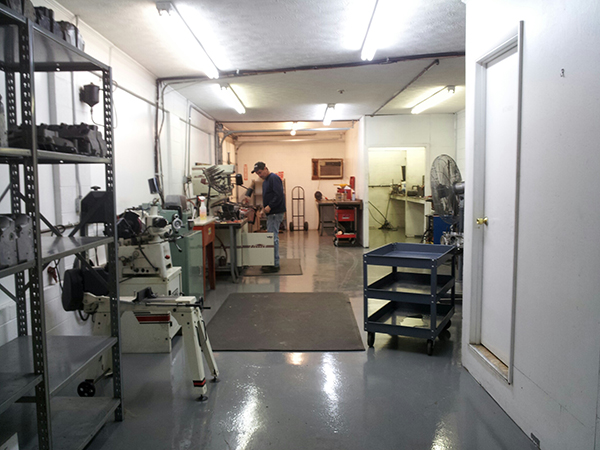
His experience with NASCAR and dirt track racing led Vic to one of his best-selling engine packages, a 4.500˝ bore space ROX small block Chevy engine.
“We build this 4.500˝ bore space ROX small block Chevrolet for off-road trucks and late-model dirt,” he says. “We were the first company, years ago, to build such an engine. How it evolved was… when the RO7 came out, there were two different cylinder heads that GM had to take over the SB2, but one of them (the RO3) was never approved. I thought it would be great for short track racing. We started using that head in 2006.”
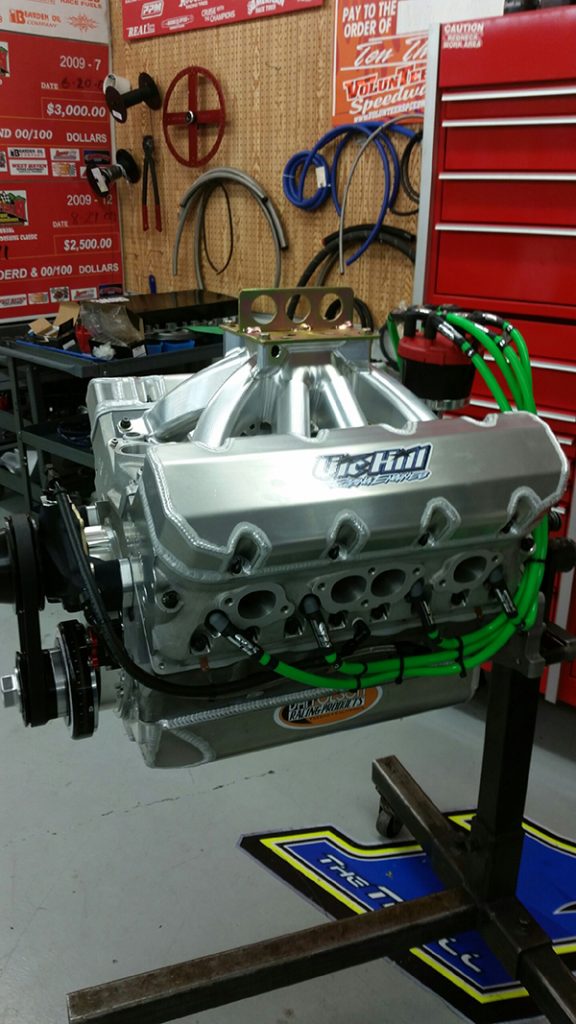
Everything on a small block Chevrolet, up until Vic Hill Racing Engines built this engine back in 2006, was a 4.400˝ bore space block. The block for Vic’s engine is a 4.500˝ bore spacing, which lets you use a bigger bore, and the bigger bore makes more power because it doesn’t restrict the cylinder head from letting air into the cylinder as much.
“You can build bigger cubic inch with the same stroke and crankshaft, and the engine will make more power and torque,” he says. “When I was doing R&D for McClures, I saw the RO3 cylinder head, and the package that went on the block itself would bolt right into a late-model dirt engine, where an RO7 would not. I had a customer at the time, Scott Bloomquist, who’s sponsor said let’s build one.
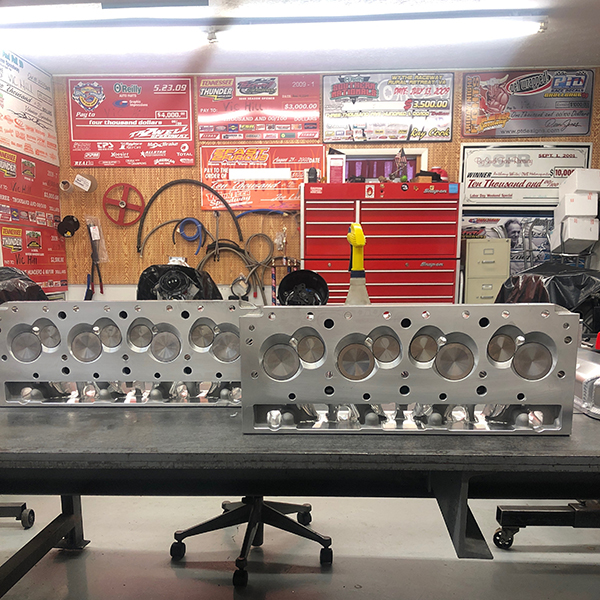
“It took about two years of development time. The first three engines we did were with a billet block and the RO3 GM cylinder head. The engine performed really well, so I bought every RO3 cylinder head that GM had because NASCAR didn’t approve it and they were going to discontinue it.
“I got Dart to cast the block, which made it more affordable than using a billet block. I also knew I would eventually run out of cylinder heads and Vic Edelbrock and I were good friends, so I got Edelbrock to cast the heads. That’s how we continued to develop this engine.”
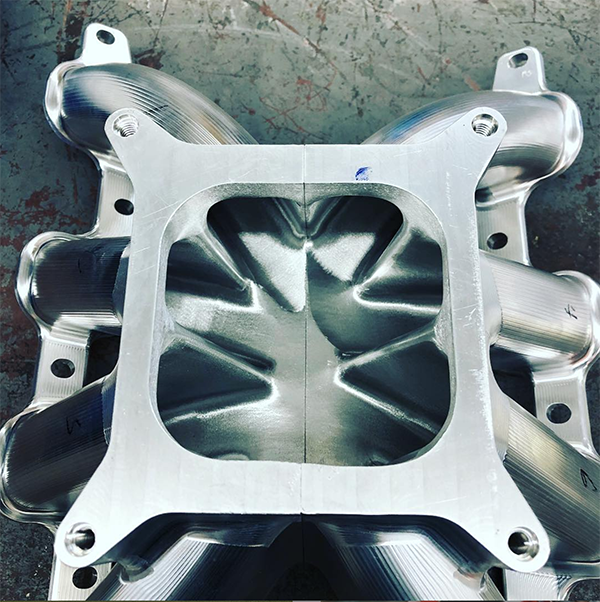
Today, Vic Hill Racing Engines uses billet manifolds for this engine as well as many other upgrades since the shop first started building these engines.
“We got a jump on the market in the 4.500˝ bore space engines for this application,” Hill says. “In dirt late-model racing, the engine package that you need in this sport is way different from what you would need in a NASCAR set up. This is a real versatile, big cubic inch engine.”
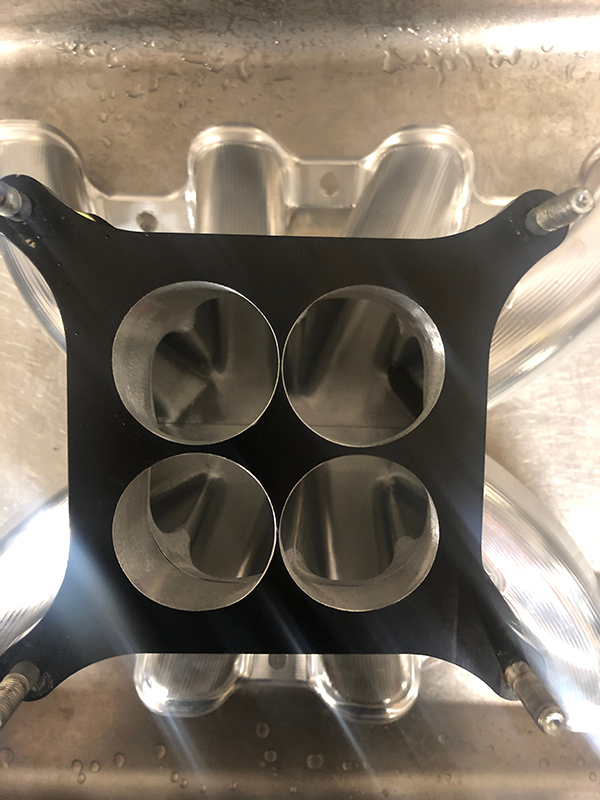
This 4.500˝ bore space ROX SBC starts with a cast Dart block that the shop does all the align honing, fitting bearings and deck height work to in-house.
“When we get the block it’s got the lifter bores where we want them,” Hill says. “We’ve also got our own cam core in this particular application that straightens up the valvetrain a lot so we don’t have to use super offset rocker arms and stuff like that. T&D developed the rocker arm system for us. Callies does the cam core and COMP Cams does our lobes in whatever configuration we want.”
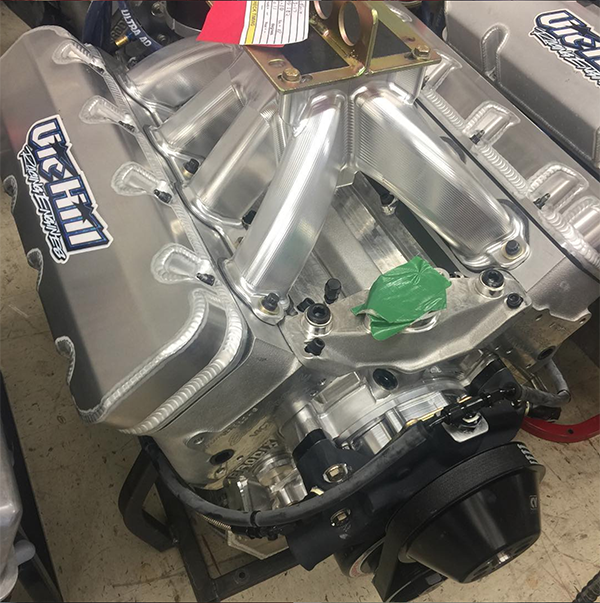
In addition, this engine gets equipped with either a Winberg or Callies crankshaft, Dyers or Carrillo rods and either CP or JE pistons. Vic Hill Racing Engines also uses Xceldyne titanium coated valves and an Xceldyne belt drive system, PSI valve springs, Isky bushing-style lifters, Dan Olson oil pans and valve covers, Trend pushrods, and Total Seal rings.
With the engine fully assembled, it goes onto the shop’s in-house dyno. Vic Hill Racing Engines does a lot of testing on the dyno as well as in the race car with O2 sensors on all eight cylinders to see what’s going on.
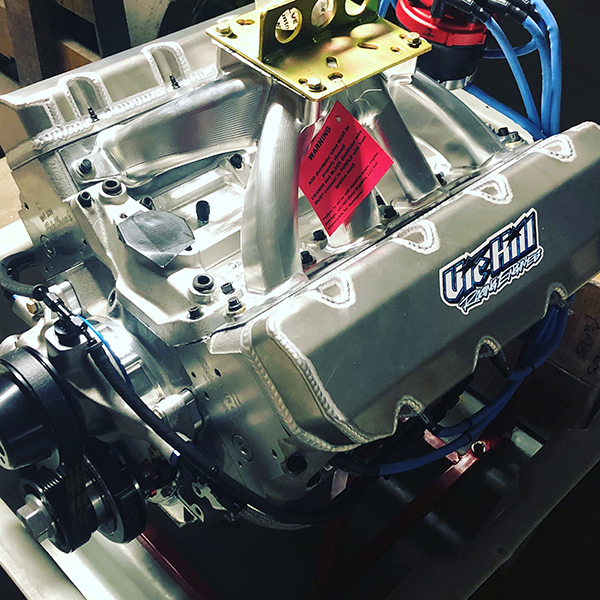
“Because we’re still using a carburetor, fuel distribution on these engines is pretty critical,” Hill says. “And when you go in a circle, it changes compared to just being on the engine dyno, so we’ve got a race pack system that we use on the dyno and then we bolt it on the car and go test to make sure everything’s where it should be.
“On the dyno, we don’t use any friction factors to pad the numbers. We just look at uncorrected power with the altitude that day, the carburetor and air temperature as the only correction factors we use. We build these engines in three different styles – 440 cid, 460 cid and 480 cid. The 440 makes 860-870 horsepower, and by the time you get to the 480 cid version, it will make over 900 horsepower. The compression ratio for the 440 and 460 are more or less the same, but the 480 has a little less compression because it makes more torque.”
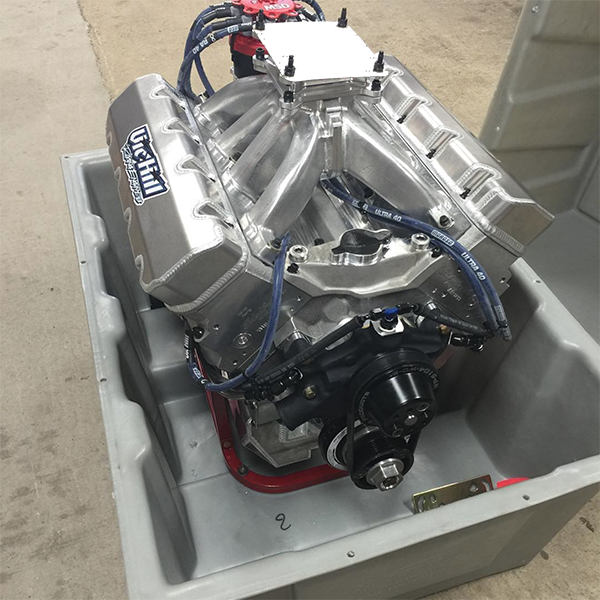
When racing, the 480 version will run at around 8,200-8,300 rpm, where the 440 and 460 versions race at around 8,600-8,800 rpm.
The Engine of the Week eNewsletter is sponsored by PennGrade Motor Oil and Elring – Das Original.
If you have an engine you would like to highlight in this series, please email Engine Builder magazine’s managing editor, Greg Jones at [email protected].

